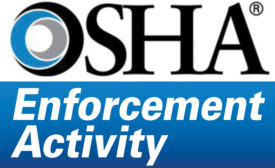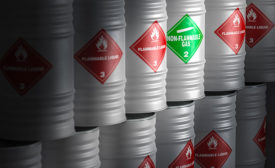Home » Keywords: » chemical exposure
Items Tagged with 'chemical exposure'
ARTICLES
Donning and doffing best practices
Protect your employees from inadvertently taking home toxins
February 8, 2021
Best Practices
Despite benefits in testing and observation, there are many risks to smoke tubes
October 14, 2020
2019 top standards- OSHA Most Frequently Violated Standards
OSHA hazard communication standard
Hazard Communication (1910.1200) OSHA’s hazard communication standard was the second most-frequently cited agency standard in FY 2018.
January 7, 2019
Don’t gamble with reproductive health
Outdated thinking: Naive women will remain silent
December 3, 2018
Get our new eMagazine delivered to your inbox every month.
Stay in the know on the latest safety trends.
SUBSCRIBE TODAYCopyright ©2024. All Rights Reserved BNP Media.
Design, CMS, Hosting & Web Development :: ePublishing










